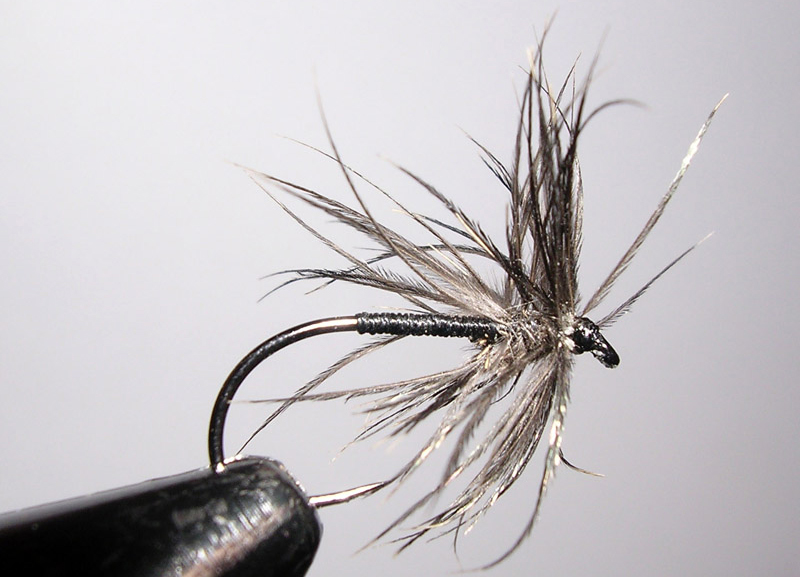This is a very good Topic, one close to my heart.
I've got 7 for our power boat, all auto inflating. The boat is predominantly used on the Solent where tides can be sometimes strong and the weather changeable and the seas choppy, so they are always checked once a season. There is a big debate whether auto inflating is the best or manual pull. For us its the getting flung out of the boat or being knocked out, or from cold water shock , which swung it, but then there's the getting stuck underneath, which is another reason aircraft life jackets are only manual pull now, plus they can always be pulled manually if needs be i.e. the water is too shallow, but you have to be conscious of course.
We also use them for some shore marks when fly fishing but we do very little wading down here.
Auto jackets used to have a wax in the arming device which melted in water, these days its a pressure switch which operates much faster to pierce the CO2 cylinder. It's amazing how well they work.
So I absolutely agree with James. Also if its any help, there isn't much to do to a life jacket when servicing, so if you can't find someone to do it for you there is a very simple routine you can do safely. The interior bladder should be inflated at least every season or sooner (depending how much you use it and how old it is) by blowing it up manually through the inflator and left for 24hrs, then checked for any deflation and replaced as necessary. The cylinders checked for corrosion and if you're unsure if they have failed, buy a new one they are not expensive. Arming devices must be replaced when they indicate although I tend to do ours ever year regardless. That is basically what a marine service centre would do.
There is not much else to it really and there are lots of reliable kits sold online. I think the biggest fear that most people have is that they might go off whilst you're checking them and replacing the cylinders but the cylinders screw in to a point and stop where the firing mechanism can reach its target.
Hope this helps.

